What if you could pull the web page you’re currently viewing out from your computer screen and drop it in the air simply by putting on a pair of glasses? At CES 2018 – the world’s largest annual consumer technology show – this (made possible by Magic Leap One), as well as robots, voice assistants and connected cities, were all made entirely possible, leading consumers and analysts to speculate:
Could 2018 be the year of AR?
Augmented reality (AR) has received a lot of hype over the last decade or so. Not only does it allow users to lay visual data over their natural environment, but it allows marketers to create immersive, multi-sensory interactions with the brands they represent.
Throughout 2017, companies like Walmart and Sephora dipped their proverbial toes into the AR and VR pool. For instance, home furnishing giant IKEA released Place, an app that makes it possible for shoppers to see how IKEA furniture might look in their own living spaces prior to purchase. And Ford revealed that its engineers and designers use Microsoft HoloLens to overlay holograms of design concepts over models of vehicles, aiding them in designing cars.
Now, as we move farther into 2018, it seems like AR and VR have continued to gain traction with brands. But why?
Businesses are responding to disruption.
Have you ever taken an Uber? Stayed at an Airbnb? Or watched a movie on Netflix? Even if you weren’t aware of it at the time, all of these brands are participating in what marketers these days refer to as “disruption”; they’re shaking up the industry.
So, it should be no surprise the AR and VR have taken hold in so many industries. In retail, for example, as brands continue to compete against online marketplaces like Amazon, using VR and AR to train employees, expand the experience of your product and create an emotional connection with your brand have become so important.
Businesses can scale the advantages of AR and VR.
The introduction of inexpensive VR headsets and greater access to AR capabilities has made it possible for brands to deliver the ultimate interactive experience to consumers, allowing them to literally walk a mile in someone else’s shoes – without breaking the bank. Our SleekPeeks, for instance, are fully customizable viewers that ship flat and take seconds to assemble.
Clients have already included them in a magazine as part of their ad, sent them in the mail alongside a promotion and used them as handouts at trade shows.
Development tools are enabling enterprises.
Heard of Apple’s ARKit. How about Facebook-owned Oculus? With so many development tools at our fingertips, it’s becoming easier for brands and, by default, marketers to incorporate AR and VR into their marketing campaigns. Here at Structural Graphics, we’ve developed customized, cost-effective designs for companies like Stryker Diagnostics, USPS and Porsche.
Combine AR and VR technology with one of our high impact designs, and you’ve delivered a larger-than-life brand experience for your customers!
Click here to see our full Virtual Reality offering and click here to read more about our Augmented Reality capabilities.
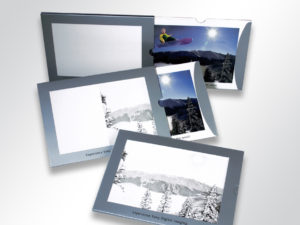
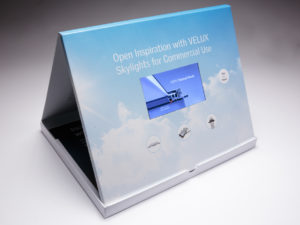
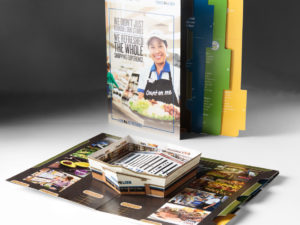
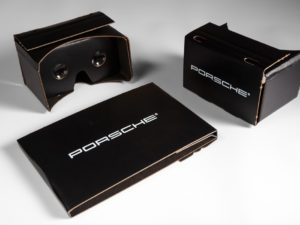
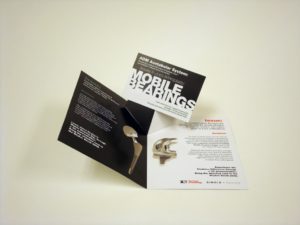
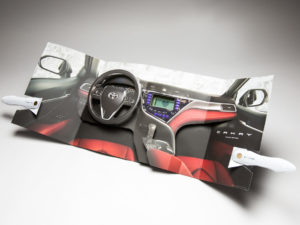
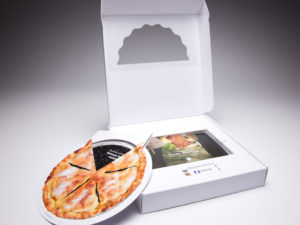
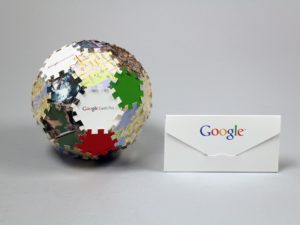
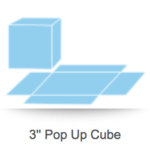
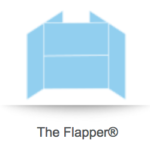
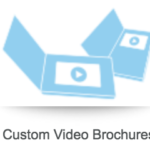
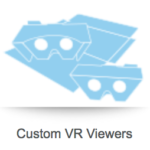
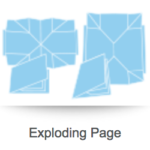
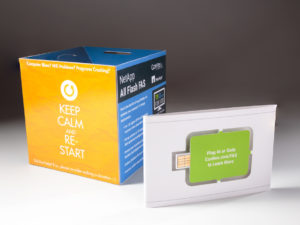
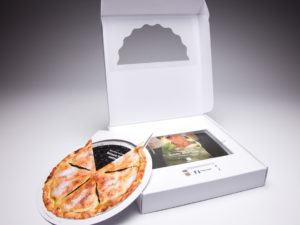
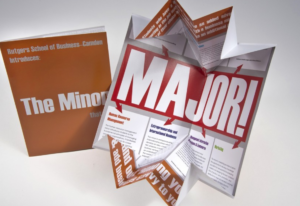 Take
Take 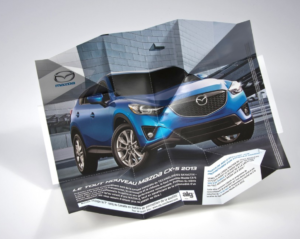 And how about
And how about